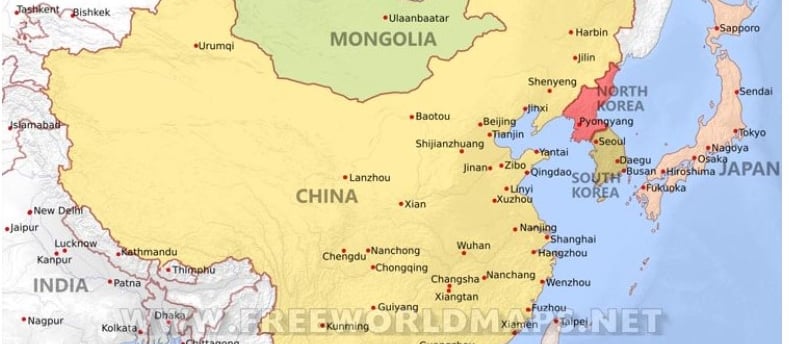America & East Asia at end of 20th Century
ASIA PACIFIC


Parallax Visions: Making Sense of American-East Asian Relations at the End of the Century is a book written by Bruce Cumings. In this book, Cumings provides a comprehensive analysis of the complex relationship between America and East Asia, focusing on the period leading up to the end of the 20th century.
Analysis of the Book
Cumings delves deep into the historical, political, and cultural factors that have shaped the interactions between America and East Asia. He explores the dynamics of power, the impact of colonialism, and the role of ideology in shaping these relations. Through his meticulous research and insightful analysis, Cumings offers a nuanced understanding of the complexities involved.
One of the key themes explored in the book is the parallax perspective. Cumings argues that American and East Asian perspectives often differ significantly due to their differing historical experiences and cultural contexts. This parallax view highlights the need for a more nuanced understanding of the relationship between these two regions.
Cumings also examines the role of the United States as a global superpower and its impact on East Asia. He explores the influence of American military presence, economic policies, and cultural exports on the region. By examining these aspects, Cumings sheds light on the power dynamics at play and the implications for both America and East Asia.
What We Learn from "Parallax Visions"
Through Parallax Visions, readers gain valuable insights into the historical and contemporary dynamics of American-East Asian relations. Cumings challenges simplistic narratives and offers a more nuanced understanding of the complexities involved.
Firstly, the book highlights the importance of understanding the historical context in order to comprehend the complexities of the relationship. Cumings emphasizes the impact of colonialism, the legacy of World War II, and the Cold War in shaping these relations. By examining these historical events, readers gain a deeper appreciation for the challenges and opportunities faced by both America and East Asia.
Secondly, Cumings emphasizes the need to consider multiple perspectives when analyzing these relations. By acknowledging the parallax view, readers are encouraged to go beyond simplistic binaries and consider the diverse viewpoints of both America and East Asia. This nuanced approach enables a more comprehensive understanding of the complexities involved.
Lastly, the book underscores the importance of recognizing the agency of East Asian countries in shaping their own destinies. Cumings challenges the notion of American exceptionalism and highlights the agency of East Asian nations in navigating their relationships with America. This perspective encourages readers to view East Asia as an active participant rather than a passive recipient in the dynamics of American-East Asian relations.
In conclusion, Bruce Cumings' book, Parallax Visions: Making Sense of American-East Asian Relations at the End of the Century, offers a comprehensive analysis of the complexities involved in the relationship between America and East Asia. Through his meticulous research and nuanced perspective, Cumings challenges simplistic narratives and provides readers with a deeper understanding of the historical, political, and cultural dynamics at play.
#USA #asia #pacific #eastasia #China
